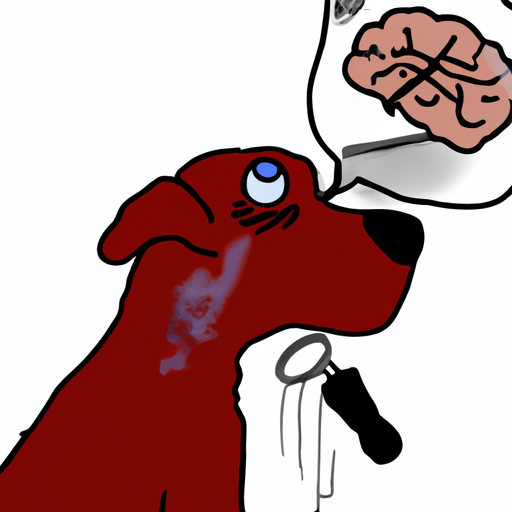Understanding Strokes in Dogs
A stroke, much like in humans, is a potentially life-threatening condition that impacts dogs. It occurs when the blood flow to the brain is interrupted or reduced, depriving it of oxygen and nutrients, causing damage to the nerve cells. The effects are immediate and can lead to long-term complications if not addressed promptly.
As a caregiver, it’s crucial for you to understand the causes, signs, and preventative measures to protect your furry friend from this health crisis.
Common Causes of Strokes in Dogs
Strokes in dogs can be caused by several factors, some of which are more common than others. Here are a few:
- Disease: Dogs with diseases like kidney disease, Cushing’s disease, or diabetes are at a higher risk of having a stroke.
- Age and breed: Older dogs and certain breeds are more susceptible. This includes breeds like Greyhounds, Cavalier King Charles Spaniels, and Bernese Mountain Dogs.
- Obesity: Overweight dogs are more likely to suffer from a stroke due to increased blood pressure.
- Trauma: Injuries or accidents can lead to a stroke if they disrupt the blood flow to the brain.
| Risk Factor | Description |
|---|---|
| Disease | Certain diseases increase stroke risk |
| Age & Breed | Older dogs and certain breeds are at higher risk |
| Obesity | Increased blood pressure from obesity can cause strokes |
| Trauma | Injuries that affect blood flow to the brain can lead to strokes |
Recognizing the Signs of a Stroke
Recognizing the signs of a stroke in your dog can save its life. Dogs can’t communicate their discomfort verbally, so it’s up to you to watch for these signs:
- Sudden loss of balance
- Head tilt
- Loss of sight
- Abnormal eye movements
- Difficulty walking or a sudden collapse
Preventing Strokes in Dogs
Prevention is always better than cure; here are some measures you can take to reduce your dog’s risk of stroke:
- Maintain a healthy diet: Keep your dog’s weight in check and avoid feeding them high-fat foods.
- Regular exercise: Regular physical activity can help maintain a healthy weight and prevent obesity.
- Regular vet check-ups: Regular visits to the vet can help detect any underlying health issues that could potentially lead to a stroke.
Treatment and Recovery
Treatment for strokes in dogs largely depends on the cause. Quick medical intervention is key, and the recovery process can be lengthy, requiring lots of care and patience from you, the caregiver.
Physical therapy, medication, and dietary changes are all part of the recovery process. It’s important to work closely with your vet to create a tailored recovery plan for your dog.
FAQs
Q: Can dogs fully recover from a stroke?
A: Yes, with prompt treatment and proper care, dogs can recover fully from a stroke.
Q: How can I tell if my dog is at risk of a stroke?
A: Regular vet check-ups can help identify potential risk factors, such as underlying diseases or obesity.
Q: Can a stroke in dogs be prevented?
A: While not all strokes can be prevented, maintaining a healthy lifestyle for your dog can significantly reduce their risk.
Q: Is there a specific breed of dog that’s more susceptible to strokes?
A: While any dog can have a stroke, certain breeds like Greyhounds and Bernese Mountain Dogs are more susceptible. Older dogs are also at a higher risk.
Q: How quickly should I react if I suspect my dog has had a stroke?
A: Immediate veterinary attention is crucial if you suspect your dog has had a stroke. The sooner they receive treatment, the better their chances of recovery.



